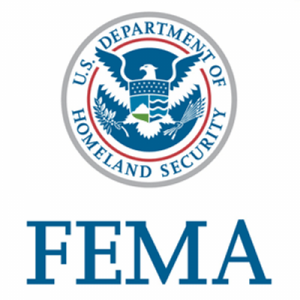
FEMA to require states to pay into disaster assistance fund
The Federal Emergency Management Agency (FEMA) is considering the establishment of a financial obligation that states would be required to make before becoming eligible for public assistance after a disaster. In short, FEMA wants every state to invest in disaster mitigation.
Public comments on the proposal – or alternatives to the proposal – have been received. FEMA officials now will use the comments to propose a rule that would create a deductible model for financial aid after a disaster. The model will likely include the awarding of “credits” if states make certain efforts to be prepared for disasters. Accumulating credits could potentially reduce the costs of pre-determined deductibles.
 FEMA officials say the objective is to encourage states to pre-plan for disasters – to be better prepared by expanding their financial capacity for disaster response and recovery and to take steps toward mitigating risk. That pre-planning might include actions such as enhancing building codes to lessen facility damage, establishing a healthy disaster relief or self-insurance plan or any number of other actions that would reduce disaster-related risks.
FEMA officials say the objective is to encourage states to pre-plan for disasters – to be better prepared by expanding their financial capacity for disaster response and recovery and to take steps toward mitigating risk. That pre-planning might include actions such as enhancing building codes to lessen facility damage, establishing a healthy disaster relief or self-insurance plan or any number of other actions that would reduce disaster-related risks.
The deductible model grew out of recommendations from the Government Accountability Office and the Department of Homeland Security. FEMA’s proposed plan was designed as an alternative to increasing state participation and reducing federal participation.
While the proposed new rule would be designed to apply only to states, local government officials feel sure that the funding requirements would have a trickle-down effect. They also say that the required paperwork alone would delay federal disaster funding even more.
The National Governor’s Association provided public comments against the proposal and other opponents argued that the proposal would do little more than shift the financial and administrative burden to local governments that are already dealing with budget shortfalls and reduced resources. They also pointed out that public officials at the local level have little time for paperwork, and there is little doubt that documentation related to disaster mitigation efforts would be heavy.
The proposed rule is expected to be published before the end of this year. FEMA officials proclaim that the plan could lead to more effective use of taxpayer resources, but most state officials are not supportive. The effect of the proposed change would be far-reaching with almost a certainty of stretching already thin state and local government revenues even further.
The rulemaking process bears watching and the likelihood that state and local government officials will be monitoring it is extremely high. Taxpayers and citizens throughout the country should also care about the outcome.
SPI’s newsletters are excellent sources of information on the latest in government contracting news. Subscribe here.
